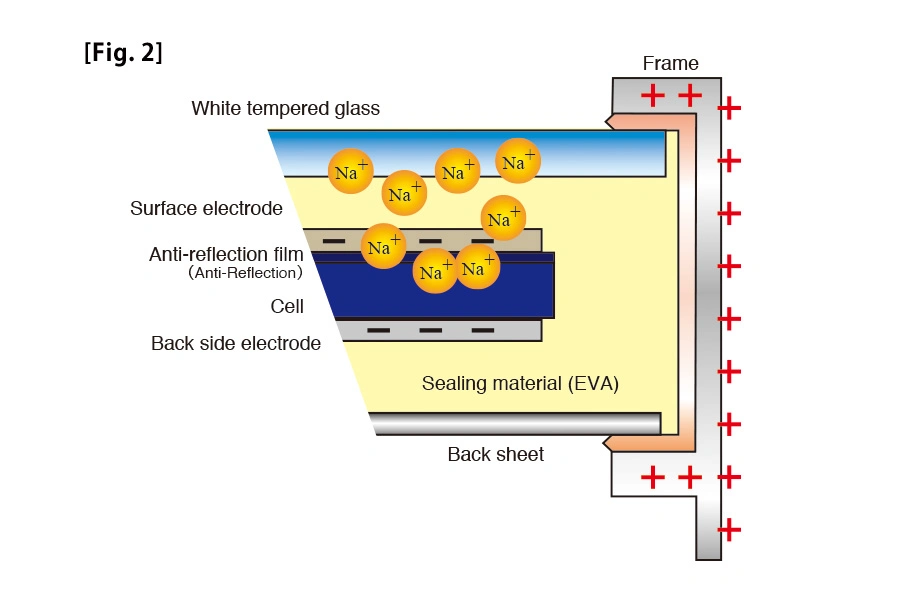Potential Induced Degradation (PID)
It's well known that solar panels degrade over time. Most panels decline by about 0.6% per year, while some premium brands like SunPower advertise a lower degradation rate of a mere 0.25 % per year. This level of degradation is normal, but in some cases, the decline is much more severe, suggesting other underlying causes.
Solution: Reverse Voltage
If a panel is affected by PID, it can be replaced with a ‘PID-free’ panel. However, there are also alternative solutions. By applying a reverse voltage to the string at night (when the sun is down), the ions can be pushed back out of the solar cells and returned to their original layer. This effectively ‘regenerates’ the panel, allowing it to function properly again the next morning.
Devices that generate this reverse voltage are available from companies like Ilumen and Pidbull. These devices consume very little energy—much less than the additional energy they help recover—and operate automatically. However, they need to remain permanently connected to the system. If the panels have already degraded past a certain level, a ‘PID-box’ may no longer be able to restore them.
Has Zonnefabriek Encountered PID in our systems?
As one of the longest-standing solar panel installers in the Netherlands, Zonnefabriek has extensive experience with various system issues. Back in 2018 we came across a handful of confirmed cases of PID. However, during our maintenance checks on older solar installations we often find that in fact their actual yield is much higher than we initially predicted. Nevertheless, we always remain vigilant for signs of PID and investigate any suspicious cases.
The panels we've been installing for the last twelve years or so are all guaranteed to be ‘PID-free.’ For this reason, we do not expect PID to be an issue for our customers in the future. However, in recent years many other forms of degradation have been discovered, such as LID (Light Induced Degradation), LeTID (Light and elevated Temperature Induced Degradation) and UVID (Ultra-Violet Induced Degradation). So far, we haven't had any problems with these new issues, but we are of course keeping a close eye on it!
Select a category
Find your question
Enter a keyword to search through our FAQ
Click here for an overview of all terms used, with a brief explanation of each term.
List of terms


